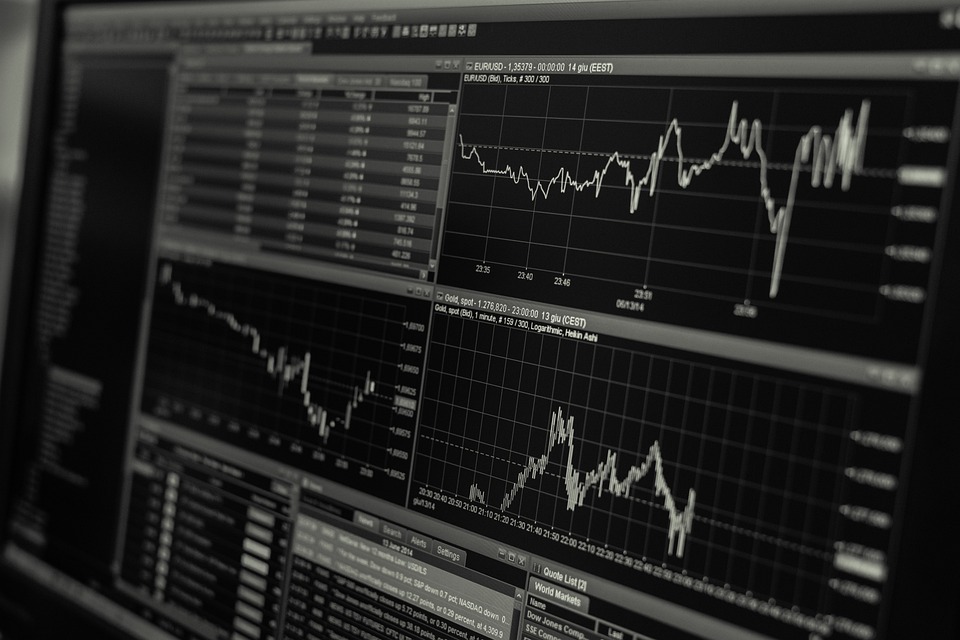Lessons From A Non-Recession

Image source: Pixabay
Most economists expected a recession in 2023. This prediction didn’t even come close - indeed 2023 was a boom year. I’ve already discussed one implication of that fact; economists are lousy at predicting the business cycle, and should not even try.
There’s another lesson to be derived from the 2023 non-recession; don’t put too much weight on statistical patterns that might look reliable at first glance. Readers of this blog know that I often push back on claims that the “yield curve” is an infallible indicator of turning points in the business cycle.
David Beckworth recently directed me to a tweet showing that the yield curve has now been inverted for 589 days. Forecasters often claim that a recession is inevitable within 12 months of a yield curve inversion. This is not the case:

I do believe that an inverted yield curve provides some useful information. It can be seen as an indicator that investors probably expect a slowdown in NGDP growth going forward. But it’s not perfect.
I did a recent post on “bad reasoning” regarding the lab leak hypothesis for Covid. Recession forecasting is another example of bad reasoning. Yield curve inversions tend to occur rather late in a business cycle. And America tends to have recessions roughly every 5 years, on average. Combining those two facts, it’s not surprising that recessions often occur within 12 months of a yield curve inversion. But not always.
Human beings are very good at noticing statistical patterns. We are always on the lookout for patterns that help us to better navigate through the world around us. And patterns are in fact often quite useful. Yield curve inversion is often an accurate precursor of recessions. But I also find that people become too overconfident with these patterns, assuming that just because a pattern has worked in the past, it will continue holding true.
The Fed is always trying to prevent recessions. If a truly infallible indicator of recessions were to be established, the Fed would react to that by adjusting monetary policy in such a way as to make the recession less likely. For this reason, it is unlikely that we will ever have a reliable technique for forecasting recessions.
PS. The yield curve did predict the Covid recession of 2020, but I suspect that this was just “dumb luck”.
More By This Author:
A Glimmer Of Hope?Double Vision: When Then Was Now
Thanks For Nothing



